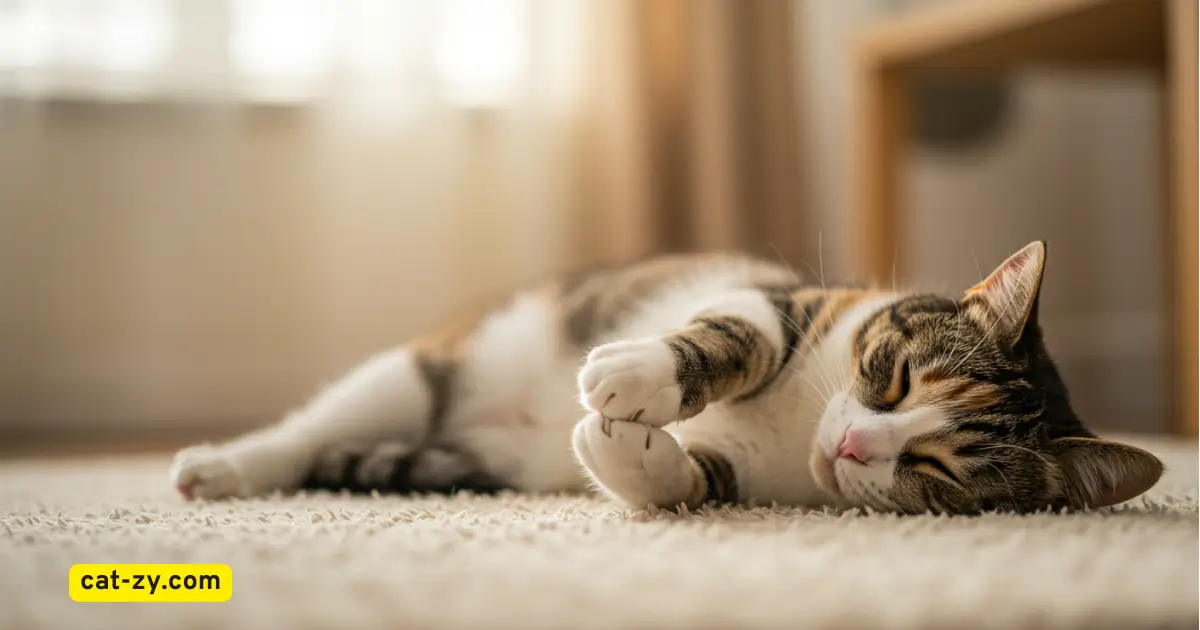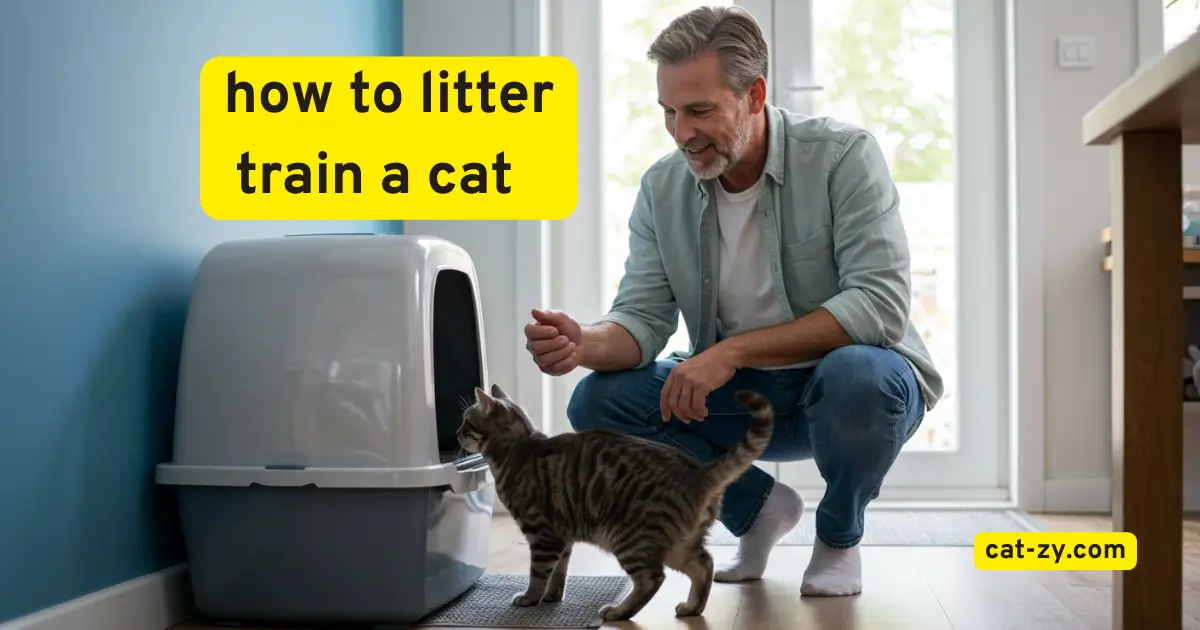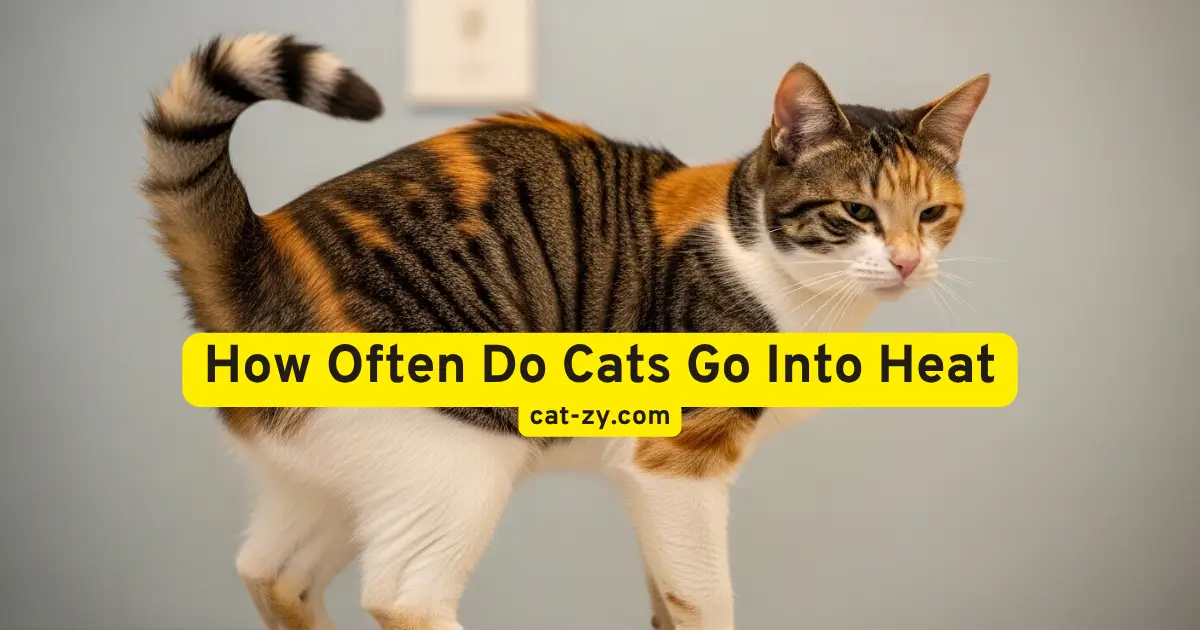When Do Cats Stop Growing? 7 Fascinating Facts
As a cat owner, you’ve probably wondered about the growth journey of your feline friend. From a tiny ball of fur to a majestic adult cat, the transformation is nothing short of remarkable. Understanding “when do cats stop growing” is not just about curiosity; it’s about providing the best care for your pet.
So, when does this growth stop? The answer varies more than most people expect. Factors such as breed, nutrition, and health conditions play a significant role in determining a cat’s adult size. In this article, we’ll explore 7 fascinating facts about cat growth, helping you better understand your cat’s development stages and what to expect as they mature.
Table of Contents
The Feline Growth Journey: What to Expect
The journey from kitten to adult cat is truly fascinating. As a cat owner, knowing the different growth stages and “when do cats stop growing“ is key. It helps you give your cat the best care. From quick growth in the first months to slower growth as they mature, there are many important milestones.
From Kitten to Adult: Key Developmental Stages
Kittenhood is a time of fast growth. Most kittens double their birth weight in just a week. They go through stages like weaning, socialization, and learning basic skills. By six months, they are juveniles and grow more slowly.
Knowing when kittens are fully grown helps you prepare for their adult size and needs.
By 1 year, most cats are about 75% of their adult size. But, larger breeds might keep growing until they are 2-4 years old.
Growth Patterns Month by Month
In the first few months, kittens grow fast. By the end of the first month, they usually weigh 1-2 pounds. By 6 months, their weight varies a lot, depending on breed and diet.
Watching your cat’s size by age is important. A kitten should almost double their 6-month weight by 1 year.
When Do Cats Stop Growing? The Complete Answer
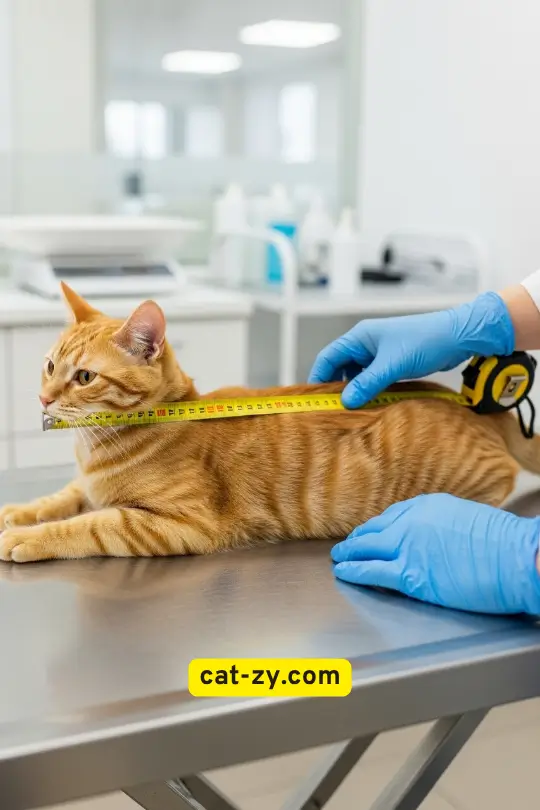
As a cat owner, you might wonder when your cat will stop growing. The answer depends on several things, like breed, genetics, and health. Cats usually grow until they are fully grown.
Physical Maturity Milestones
Cats usually grow up between 1 to 2 years old. They reach their adult size and weight during this time. Most cats grow to about 75% of their adult size in the first 6 months. The rest of the growth happens over the next 6 to 12 months.
Things like what they eat, their health, and if they are spayed or neutered can affect how fast they grow.
Behavioral Signs of Adulthood
Cats also show signs of growing up in their behavior. Adult cats are less playful and more territorial. They might become more loving or more independent. Watching these changes can tell you how old your cat is.
Knowing these milestones helps you keep an eye on your cat’s growth. Regular vet visits can also spot any health problems early.
Cat Size by Age: What’s Normal?
Knowing your cat’s size at different ages and “when do cats stop growing” is key to their health. Watching their growth helps spot problems early.
Weight and Length Expectations
Cats grow fast in the first six months. By one year, they’re about 75% grown. Most cats weigh 8-12 pounds, but some breeds can be bigger.
For example, a Maine Coon can weigh 15-25 pounds. It’s important to check your cat’s weight and length often. This ensures they’re growing right.
Healthy vs. Concerning Growth Patterns
A healthy cat grows steadily and in proportion. If your cat’s growth is off, like sudden weight changes, see a vet. Nutrition, health, and genetics affect growth.
Regular vet visits help track your cat’s growth. This way, you can catch any issues early.
Watching your cat’s size and growth is vital for their health. If unsure, always talk to a vet.
When Are Kittens Fully Grown? Breed Variations

Breed variations greatly affect when kittens are fully grown, and “when do cats stop growing” overall. It’s key to know these differences. Some breeds grow faster than others.
Small and Medium Breed Maturation
Small and medium breeds, like the Siamese or Abyssinian, grow up fast. They usually reach full size between 9 to 12 months, answering “when do cats stop growing” for these breeds. Their growth is steady, and they’re fully grown by a year old.
But they might keep getting stronger until they’re 18 months old.
Large Breed Development Timeline
Large breeds, like the Maine Coon or Ragdoll, grow more slowly. They can keep growing until they’re 2 to 4 years old. This is because they’re bigger and need more time for their bones and muscles to develop.
Owners of large breeds should be patient. They also need to make sure their cat gets enough food to support growth.
Mixed Breed Growth Expectations
Mixed-breed cats can be unpredictable in growth rate. Their growth usually falls between their parent breeds. If you’re unsure about your cat’s adult size, a vet can help.
They can check your cat’s growth and tell you what to expect.
How Long Do Cats Grow For? Influencing Factors
Many things affect “when do cats stop growing“, like genetics and the environment. Knowing these can help you care for your cat better.
Genetics and Hereditary Influences
Your cat’s genetics greatly influence its growth rate and size. Hereditary factors can make your cat grow faster or larger. For example, some breeds grow bigger than others because of their genes. It’s important to feed your cat a balanced diet to support its growth.
Breeding and genetics can also affect your cat’s health and growth. Some cats might be more likely to get certain health problems because of their genes. Regular vet visits can catch these issues early.
Environmental Factors Affecting Growth
Environmental factors like diet, lifestyle, and living conditions also play a big role in your cat’s growth. Good nutrition is key to healthy growth. Without it, your cat might not develop properly. Stress and living conditions can also impact your cat’s health and growth.
For instance, indoor cats might grow differently from outdoor cats. This is because indoor cats are less active and face fewer health risks. Making sure your cat has a safe and healthy place to live helps it grow best.
7 Fascinating Facts About Cat Growth
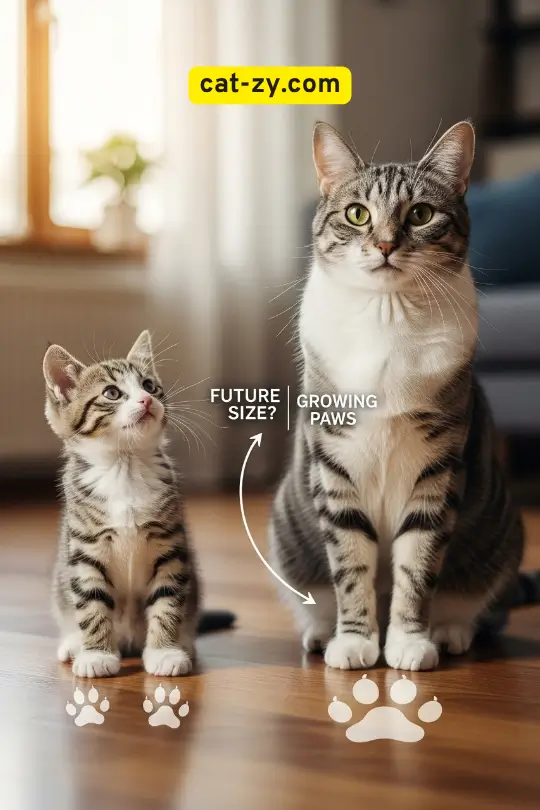
Exploring cat growth reveals some surprising facts. It’s influenced by genetics, nutrition, and environment. Knowing these factors helps you understand your cat’s growth.
Fact 1: Some Cats Continue Growing Until Age 4
While most cats stop growing by 2, some breeds grow until 4. This difference is due to genetics. Larger breeds take longer to mature.
Fact 2: Male Cats Can Be 40% Larger Than Females
Male cats are often bigger than females, sometimes by 40%. Hormones play a big role in this size difference. Good nutrition is key to healthy growth.
Fact 3: A Cat’s Paws Predict Their Adult Size
Kitten paw size can hint at their adult size. Kittens with bigger paws usually grow into larger cats. This is because paw size relates to bone structure and body size.
Fact 4: Cats Have Two Major Growth Spurts
Cats have two big growth spurts: early in life and at puberty. Good nutrition is essential during these times for healthy growth.
Fact 5: Indoor Cats Often Grow Differently Than Outdoor Cats
Indoor cats grow differently from outdoor ones. Indoor cats have a more stable, less stressful life. This affects their growth compared to outdoor cats.
Fact 6: Some Cat Breeds Never Stop “Growing”
Certain breeds, like the Maine Coon, grow longer. They may take 3 to 4 years to reach full size. They don’t grow forever, but it takes longer.
Fact 7: Growth Plates Determine When Growth Stops
Growth plates in bones control growth. When these plates close, growth slows and stops. The timing varies by breed and individual.
Learning about cat growth helps you care for your cat better. Recognizing growth factors ensures your cat stays healthy and happy.
Nutrition’s Critical Role in Cat Development
Proper nutrition is key to your cat’s growth. A balanced diet gives them the building blocks for growth. It helps them reach their full health and development.
Essential Nutrients for Optimal Growth
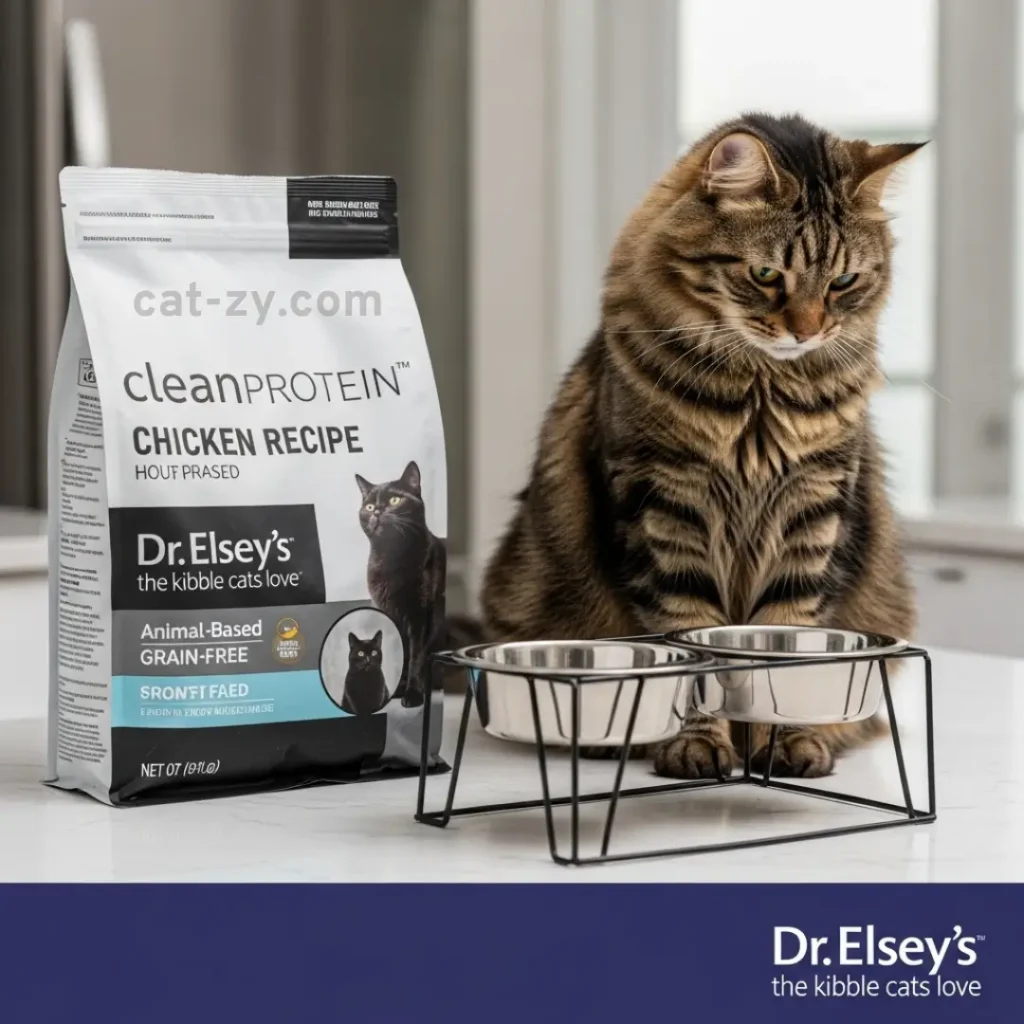
Cats need a diet full of high-quality protein, vitamins, and minerals. Protein is vital for muscle growth. Foods with omega-3 fatty acids help with skin and coat health. Vitamins like vitamin D and calcium are important for bones.
Providing your cat with a balanced diet is essential. Choose cat foods that meet their nutritional needs at different ages. A nutrient-rich diet supports physical growth and overall health.
Feeding Schedules Through Development Stages
Feeding schedules change with your cat’s age and growth. Kittens require more frequent meals compared to adult cats. They should eat 3-4 times a day until they’re about six months old. Then, you can start to reduce the frequency.
As your cat grows, adjust their feeding schedule to meet their needs. Talking to your vet can help find the best feeding schedule for your cat. This depends on their breed, size, and health.
The Impact of Spaying and Neutering on Growth
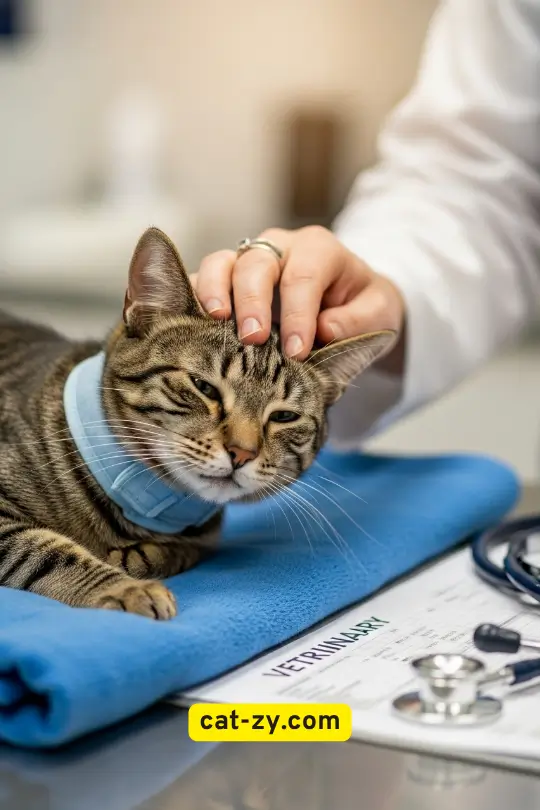
As a cat owner, it’s important to know how spaying or neutering affects your cat’s growth. These procedures do more than just control the population. They have a big impact on your cat’s development.
How These Procedures Affect Development
Spaying or neutering can change your cat’s growth plates. This might affect their adult size. Studies show that cats spayed or neutered early might grow differently from those that aren’t.
This is because the procedure changes the hormones that control growth. It’s key to talk to your vet about the best time to do it. This ensures you’re making a choice that’s right for your cat.
Optimal Timing Considerations
The timing of spaying or neutering is very important for your cat’s growth. Old advice said to wait until after the first heat cycle. But now, the timing depends on your cat’s breed and size.
For bigger breeds, waiting a bit might be better. It lets them grow properly. Talking to your vet will help find the best time for your cat. This way, they get the care they need to grow healthy.
When Is a Cat Fully Grown? Special Cases
Most cats grow to their full size in the first year. But some cats take longer. Things like breed, genetics, and health can affect how fast a cat grows. Knowing this helps cat owners give their pets the best care.
Late Bloomers: Cats That Take Longer to Mature
Some cats grow slowly, taking more than a year to mature. Large breed cats might need 2-4 years to reach their full size. It’s important to feed them well and take them to the vet regularly during this time.
Growth Disorders and Health Concerns
Growth problems can make a cat’s development uneven. Issues like hypothyroidism or osteochondritis dissecans can mess with growth plates. Keeping an eye on your cat’s growth and talking to a vet can help solve these problems.
Regular vet visits and a good diet are key to your cat’s health as they grow. Knowing about special cases and growth disorders helps you help your cat grow into a healthy adult.
Monitoring Your Cat’s Growth: Practical Tips

Understanding your cat’s growth is key to spotting health issues early. By watching their development closely, you can make sure they’re growing well.
Creating a Growth Chart at Home
To track your cat’s growth, make a simple chart at home. Weigh them once a week and record the weight. You can also measure their length and girth. Plotting these on a chart shows their growth pattern clearly.
This chart helps you track your cat’s progress and make smart health choices. It’s a simple yet powerful way to stay on top of their development.
When to Consult Your Veterinarian
If your cat’s growth pattern changes, see your vet. Look out for sudden weight changes, appetite shifts, or tiredness. Your vet can give personalized advice for your cat’s needs.
Regular vet visits are also important. They check your cat’s health, advise on diet, and catch issues early. Partnering with your vet guarantees your cat receives optimal care.
Health Considerations During Your Cat’s Growth Phase
Keeping an eye on your cat’s health is very important during their growth phase. As they grow, their health needs change. Understanding these changes enables you to provide better care.
Common Growth-Related Health Issues
Growing cats might face health problems like hip dysplasia and patellar luxation. These issues can make them uncomfortable and affect their movement. Regular vet visits can spot these problems early, so you can act fast.
Other issues include not getting enough nutrients and gaining too much weight. It’s essential to provide your cat with a balanced diet to support their growth.
Preventative Care for Growing Cats
Preventive care is essential for your cat’s health during growth. This means regular shots, keeping parasites away, and taking care of their teeth. A good feeding plan and a safe place to live are also important for their health.
By staying informed about “when do cats stop growing” and working with your vet, you can avoid many health problems. This way, your cat will grow up to be a happy and healthy adult.
Conclusion
Cats grow at different rates, influenced by breed, genetics, and nutrition. So, when do cats stop growing? They usually reach full size between 1-2 years old. But some cats might keep growing until they’re 4 years old.
Monitoring your cat’s growth is key to their health. Knowing the developmental stages helps spot problems early. Things like spaying/neutering, diet, and health issues can affect their growth.
To keep your cat healthy, feed them a balanced diet and watch their growth. Regular vet visits are also important. This way, you can catch any issues and help your cat stay happy and healthy.
FAQ
When do cats stop growing?
Cats usually stop growing between 1-2 years old. Some breeds might grow until they are 4 years old.
When are cats fully grown?
Cats are fully grown when they reach physical maturity. This is usually around 1-2 years old. But it can vary based on breed and size.
How long do cats grow for?
Cats grow fast in the first 6 months. Then, their growth slows down. Most cats reach their adult size between 1-2 years old.
What is the average size of a cat by age?
A cat’s size changes with age, breed, and sex. Kittens double their birth weight by 1 week. Their weight increases by 1-2 pounds a month until they are about 6 months old.
Do male cats grow larger than females?
Yes, male cats are usually bigger than females. Some males can be up to 40% larger.
Can a cat’s diet affect their growth rate?
Yes, a cat’s diet is key to their growth rate. They need enough protein and calcium for optimal growth.
How does spaying or neutering affect a cat’s growth?
Spaying or neutering can change a cat’s growth rate. It affects hormone levels that control growth. The best time for spaying or neutering depends on breed and size.
What are some common health issues related to cat growth?
Growth disorders, obesity, and developmental problems are common health issues. Regular vet visits can catch these early.
What methods can I use to track my cat’s growth at home?
You can track your cat’s growth at home. Use a growth chart, track their weight and length, and watch their health and development.
When should I consult a veterinarian about my cat’s growth?
See a vet if you notice unusual growth patterns or have health concerns. It’s important for your cat’s overall health and development.



